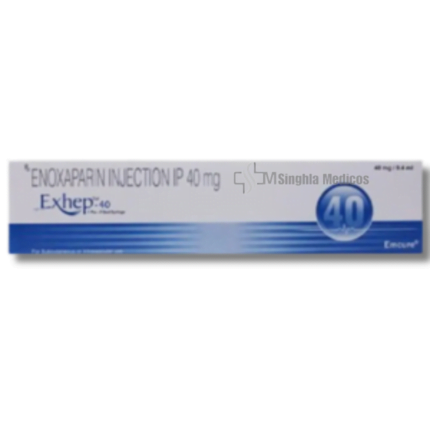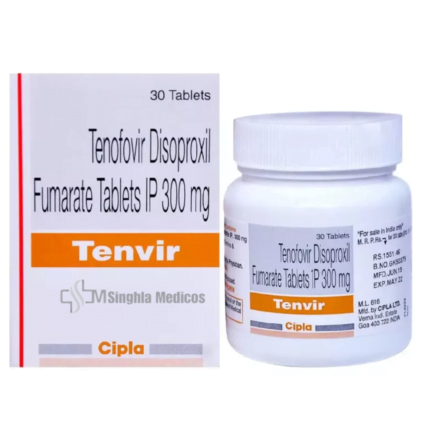Product Introduction
Calpol Paediatric Drops are a widely trusted over-the-counter medication designed specifically for infants and young children. Manufactured by Johnson & Johnson, Calpol is renowned for its efficacy and safety profile in the treatment of mild to moderate pain and fever. The active ingredient in Calpol Paediatric Drops is paracetamol (also known as acetaminophen in some regions), a well-established analgesic and antipyretic agent. These drops are formulated to provide a convenient, easy-to-administer solution, making it simpler for parents to ensure their young ones receive the correct dosage. The formulation is often flavored to make it more palatable for children, thereby reducing the likelihood of resistance to taking the medication.
Uses of Calpol Paediatric Drops
Calpol Paediatric Drops are primarily used for the management of fever and pain in infants and children. The conditions for which these drops are commonly administered include:
- Fever: Calpol is effective in reducing fever associated with common childhood illnesses such as colds, flu, and post-immunization reactions.
- Pain Relief: It provides relief from mild to moderate pain including headaches, toothaches, sore throats, and minor aches and pains associated with colds and flu.
- Teething Pain: Teething can be a distressing time for infants, and Calpol drops can help alleviate the associated discomfort.
- Post-Vaccination Fever: Vaccinations can often cause a mild fever, and Calpol is recommended to manage this symptom effectively.
Benefits of Calpol Paediatric Drops
The benefits of Calpol Paediatric Drops are multi-faceted, contributing to their popularity among parents and healthcare providers alike. Some key advantages include:
- Effective Relief: Calpol Paediatric Drops provide fast and effective relief from fever and pain, helping to soothe and comfort children.
- Convenient Administration: The liquid form of the drops ensures that the medication can be administered easily and accurately, even to infants who may not be able to swallow tablets or capsules.
- Safe Dosage: The drops come with a calibrated dropper, allowing parents to measure the exact dose required for their child’s age and weight, thereby reducing the risk of overdose.
- Well-Tolerated: Paracetamol, the active ingredient, is generally well-tolerated by children and has a lower risk of side effects compared to other analgesics like ibuprofen.
- Widely Recommended: Calpol is recommended by healthcare professionals globally, underscoring its trusted efficacy and safety profile.
- Palatable Flavor: The flavored formulation makes it easier for children to take, reducing the struggle often associated with administering medication to young ones.
Side Effects of Calpol Paediatric Drops
While Calpol Paediatric Drops are generally safe when used as directed, there are potential side effects and risks associated with their use. It is important for parents and caregivers to be aware of these to ensure the well-being of their children.
- Common Side Effects: These are generally mild and may include symptoms such as:
- Nausea
- Vomiting
- Diarrhea
- Allergic Reactions: Although rare, some children may experience allergic reactions to paracetamol. Symptoms of an allergic reaction may include:
- Rash
- Itching or swelling, particularly of the face, tongue, or throat
- Severe dizziness
- Difficulty breathing
- Liver Damage: Overdose of paracetamol can cause severe liver damage. It is crucial to adhere to the recommended dosage and not exceed the maximum daily limit.
- Interactions with Other Medications: Calpol Paediatric Drops can interact with other medications the child may be taking. It is important to consult a healthcare provider if the child is on other treatments to avoid adverse interactions.
References
-
Furst DE, Ulrich RW, Varkey-Altamirano C. Nonsteroidal Anti-Inflammatory Drugs, Disease Modifying Antirheumatic Drugs, Nonopioids Analgesics, & Drugs Used in Gout. In: Katzung BG, Masters SB, Trevor AJ, editors. Basic and Clinical Pharmacology. 11th ed. New Delhi, India: Tata McGraw Hill Education Private Limited; 2009. pp. 635-36.
-
Grosser T, Smyth E, FitzGerald GA. Anti-Inflammatory, Antipyretic, and Analgesic Agents; Pharmacotherapy of Gout. In: Brunton LL, Chabner BA, Knollmann BC, editors. Goodman & Gilman’s: The Pharmacological Basis of Therapeutics. 12th ed. New York, New York: McGraw-Hill Medical; 2011. pp. 982-84.
-
Grosser T, Smyth E, FitzGerald G. Pharmacotherapy of Inflammation, Fever, Pain, and Gout. In: Brunton LL, Hilal-Dandan R, Knollmann BC (Editors). Goodman & Gilman’s: The Pharmacological Basis of Therapeutics. 13th ed. New York, New York: McGraw-Hill Medical; 2018.
Disclaimer
Singhla Medicos primary intention is to ensure that its consumers get information that is reviewed by experts, accurate and trustworthy. The information and contents of this website are for informational purposes only. They are not intended to be a substitute for professional medical advice, diagnosis, or treatment. Please seek the advice of your doctor and discuss all your queries related to any disease or medicine. Do not disregard professional medical advice or delay in seeking it because of something you have read on Singhla Medicos. Our mission is to support, not replace, the doctor-patient relationship.












Reviews
There are no reviews yet.